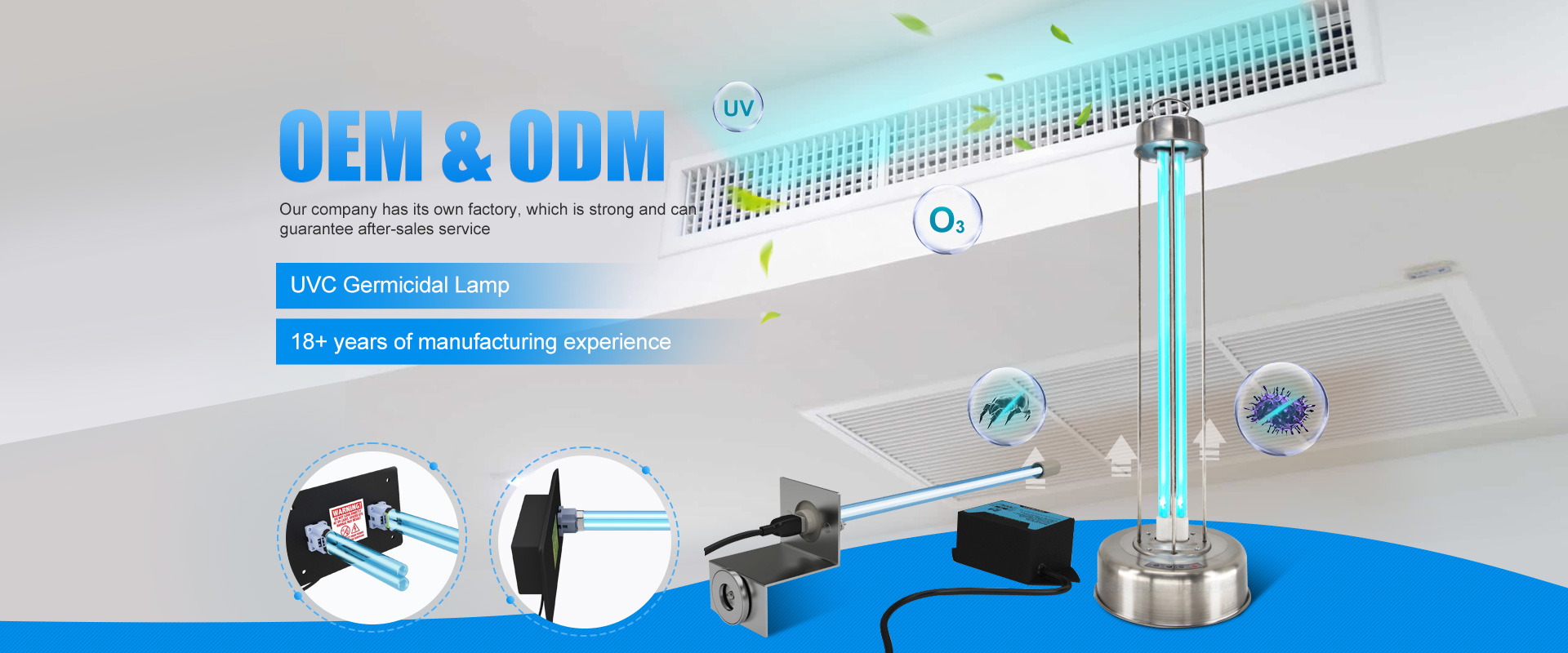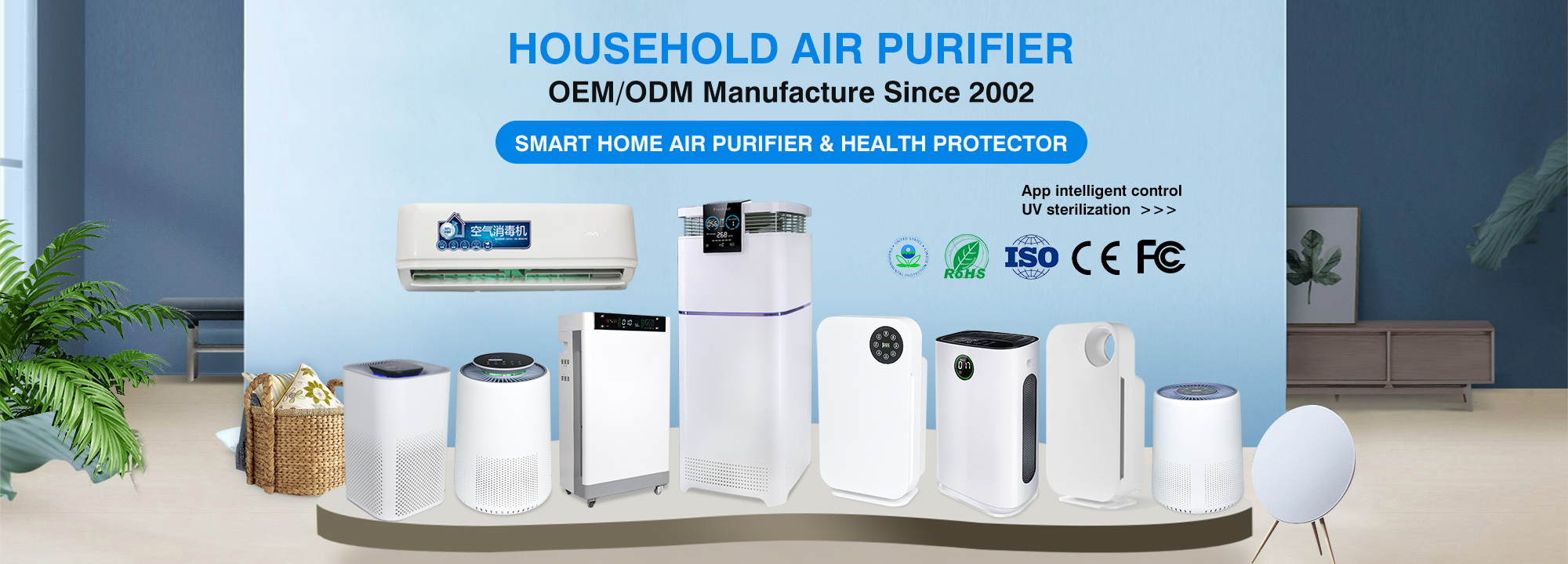01
outdoor air pollution
There is no doubt that the air is circulated. Even if there is no window for ventilation, our indoor environment is not a full vacuum environment. It has frequent circulation with the outdoor atmosphere. When outdoor air is polluted, more than 60% of the pollution in indoor air is related to outdoor air.
02
Human body’s own activity pollution
Smoking indoors, cooking in the kitchen, the burning of gas stoves, the use of air conditioners and refrigerators, and various other household appliances will increase indoor air pollution. Among them, the harm of smoking is the most obvious. Just smoking one cigarette can increase the indoor PM2.5 concentration by 5 times within 4 minutes.
03
Invisible sources of pollution in indoor environments
Interior decorations, accessories, wall paint and furniture, etc., no matter how good the quality is, contain chemical substances, which will increase indoor air pollution.
Knowledge point: What does PM2.5 mean?
Fine particles, also known as fine particles and fine particles, refer to the particles in the ambient air whose aerodynamic equivalent diameter is less than or equal to 2.5 microns.
Does it feel like: I understand, but I don’t fully understand…
It doesn’t matter, you just need to remember that PM2.5 can be suspended in the air for a long time, and the higher its concentration in the air, the more serious the air pollution is.
How big is 2.5 microns? Um… have you seen a one-dollar coin? Almost ten thousand 2.5 microns = 1 fifty cent coin.
02
air purifier
Can it really purify indoor air?
01
working principle
The general principle of the air purifier is to use a motor to draw in the indoor air, then filter the air through layers of filters, and then release it, and purify the indoor air through such a filter cycle. If the filter screen of the purifier can effectively absorb harmful substances, it can play the role of purifying the air.
02
Internationally recognized for indoor air purification
Due to the persistent and uncertain characteristics of pollutants in indoor air, the use of air purifiers to purify indoor air is currently an internationally recognized method to improve air quality.
03
How to choose an air purifier
For the selection of air purifiers, the following four hard indicators should be paid attention to
01
Fan air volume
The efficient purification effect comes from the strong circulating air volume, especially the air purifier with fan. Under normal circumstances, it is best to use an air purifier with an air volume of 60 cubic meters per second for a room with an area of 20 square meters.
02
Purification efficiency
A higher purification efficiency (CADR) number indicates a higher efficiency of the air purifier. Generally, the purification efficiency value required is more than 120. If the air quality is required to be higher, you can choose a product with a purification efficiency value of more than 200.
03
energy efficiency ratio
The higher the energy efficiency ratio value, the more energy efficient the air purifier is. For an air purifier with a good energy efficiency ratio, its energy efficiency ratio value should be greater than 3.5. At the same time, the energy efficiency ratio of an air purifier with a fan is higher.
04
safety
An important indicator of air purifiers is the ozone safety indicator. Some air purifiers that use electrostatic purification, ultraviolet disinfection and negative ion generators may generate ozone during operation. Pay attention to the ozone indicator of the product.
04
improve indoor air
What else can we do?
01
open windows for ventilation
This is the best way to purify indoor air. When the air quality in the city is good, choose to open the windows at noon in the morning. The length and frequency of window opening time can be determined according to the comfort level of indoor people.
02
Indoor humidification
If the indoor humidity is too low, it will exacerbate the diffusion of PM2.5. Using an air humidifier to humidify indoor air can lower the PM2.5 index. Of course, if possible, do a good job of dust removal in the room every day, and use a damp cloth to wipe the indoor desktop window sill and the floor when there is no dust accumulation in the room.
03
reduce man-made pollution
Not smoking is the most effective way to control indoor PM2.5. When cooking in the kitchen, be sure to close the kitchen door and turn on the range hood at the same time.
04
Choose green plants
Green plants have a good effect of purifying the air. They can absorb carbon dioxide and toxic gases, and release oxygen at the same time. Raising more green plants is equivalent to creating a small forest at home. The green plant that purifies indoor air is Chlorophytum. In the laboratory, spider plants can absorb all the harmful gases in the experimental container within 24 hours. Followed by aloe vera and monstera, both have unexpected effects on purifying the air.
Post time: Jun-13-2022


